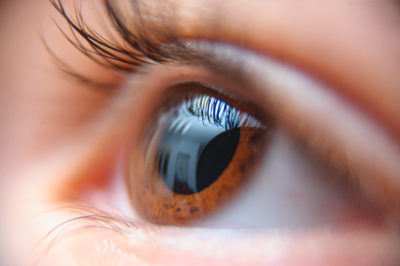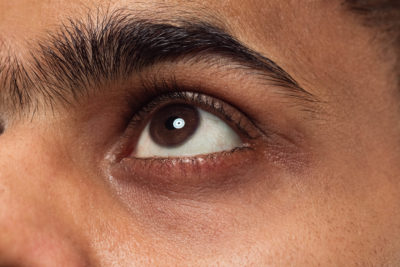Let’s get into a journey to explore one of the most advanced procedures in ophthalmology – Deep Anterior Lamellar Keratoplasty (DALK). If you or a loved one is facing corneal issues affecting your sight, this blog aims to shed light on DALK and how it can restore your vision.
What is DALK?
DALK stands for Deep Anterior Lamellar Keratoplasty. Let’s break it down to understand it better:
“Deep”: Refers to the depth of the corneal tissue being replaced during the surgery.
“Anterior Lamellar”: Indicates that only the front layers of the cornea are removed and replaced.
“Keratoplasty“: It’s a term for corneal transplantation, where damaged or diseased corneal tissue is replaced with healthy donor tissue.
In essence, DALK is a surgical procedure designed to replace the damaged or diseased front layers of the cornea while preserving the innermost layer called the endothelium.
Why DALK?
You might wonder, why choose DALK over other corneal transplant techniques? The answer lies in its precision and preservation of the eye’s natural structure. Unlike traditional penetrating keratoplasty (PK), which involves replacing the entire cornea, including the endothelium, DALK allows surgeons to selectively replace only the diseased or damaged layers while keeping the healthy endothelium intact.
Conditions Treated with DALK
DALK is commonly used to treat a variety of corneal conditions, including:
- Keratoconus: A progressive thinning and bulging of the cornea, leading to distorted vision.
- Corneal scars: Resulting from injuries, infections, or previous surgeries.
- Corneal dystrophies: Inherited disorders affecting the clarity and structure of the cornea.
- Corneal ectasia: Abnormal bulging and thinning of the cornea after refractive surgery.
The Surgical Procedure
Now, let’s delve into what happens during a DALK procedure:
- Preparation: Before surgery, your eye will be thoroughly examined to assess the extent of corneal damage and determine the suitability for DALK.
- Anaesthesia: Local or general anaesthesia is administered to ensure you’re comfortable throughout the procedure.
- Corneal Dissection: Using specialised instruments, the surgeon carefully removes the damaged or diseased layers of the cornea while preserving the healthy endothelium.
- Donor Tissue Transplantation: Healthy corneal tissue from a donor is meticulously placed and secured onto the prepared recipient bed.
- Closure: The surgical site is carefully closed, and a protective bandage or contact lens may be placed over the eye to aid in the healing process.
Post-Operative Care
After DALK surgery, it’s essential to follow your surgeon’s instructions for optimal recovery. This may include:
- Using prescribed eye drops to prevent infection and promote healing.
- Avoiding strenuous activities and rubbing your eyes.
- Attending follow-up appointments to monitor progress and address any concerns.
Benefits of DALK
DALK offers several advantages over traditional corneal transplantation, including:
- Reduced risk of endothelial rejection and graft failure.
- Faster visual recovery and better visual outcomes.
- Lower dependence on long-term steroid use.
- Preservation of the eye’s structural integrity.
Hence, DALK represents a significant advancement in corneal transplant surgery, offering hope and improved outcomes for patients with corneal disorders. At Dr. Agarwal’s Eye Hospital, our dedicated team of ophthalmologists is committed to providing cutting-edge treatments and compassionate care to help you see the world with clarity once again.
At Dr Agarwals Eye Hospital, we strive to bring clarity to your vision and improve the quality of your life. If you have any questions or would like to schedule a consultation, please don’t hesitate to contact us [ 9594924026 | 080-48193411]. Your vision is our priority, and we’re here to guide you every step of the way.
Remember, with DALK, a brighter future awaits for your eyes!








